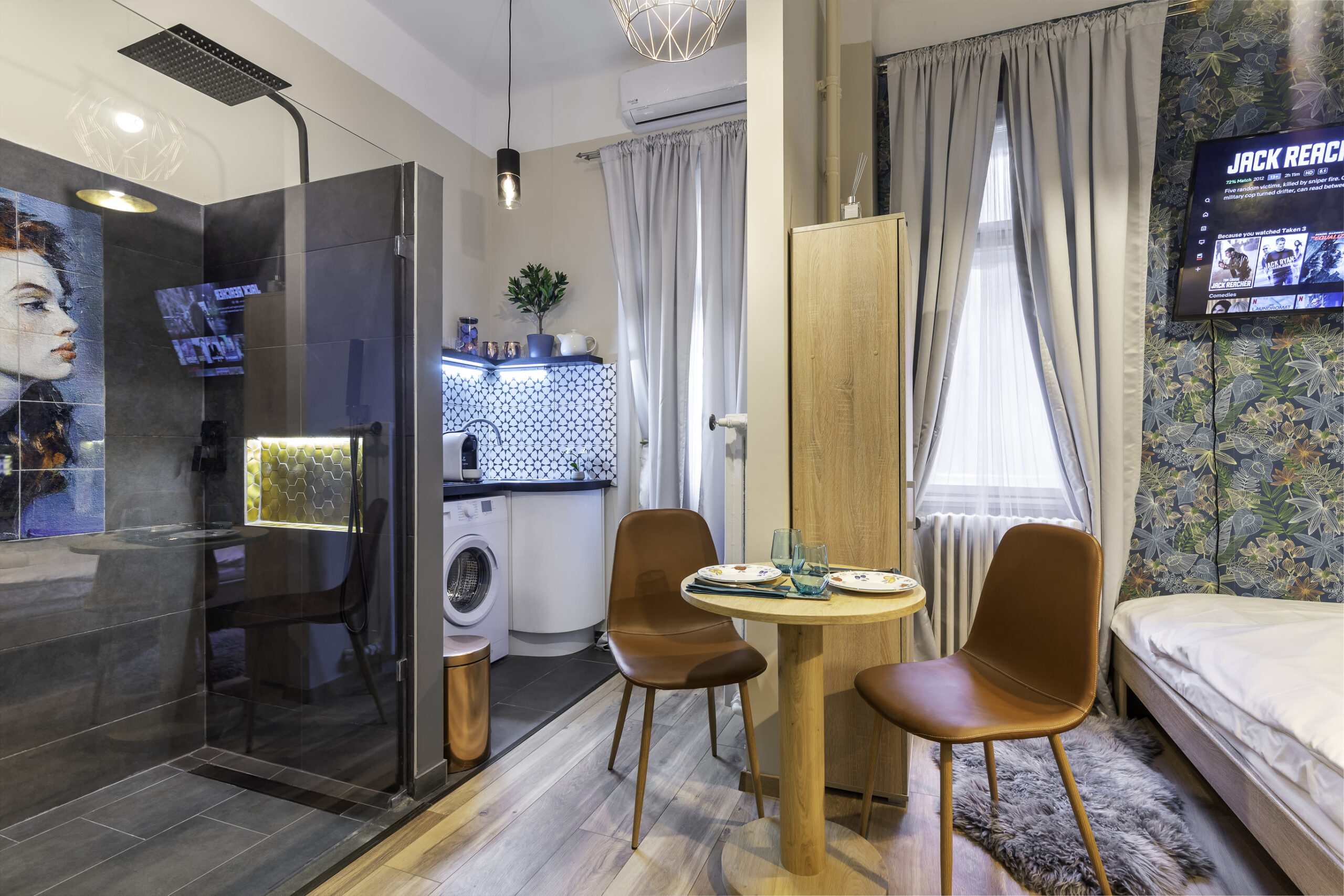In modern urban design, accessibility is a cornerstone of creating spaces that serve everyone, regardless of age, ability, or mobility. Incorporating street furniture designed with inclusivity in mind is essential for fostering vibrant, equitable communities. From accessible park furniture to thoughtfully designed bus shelters, ensuring inclusivity in streetscape design enriches public spaces and enhances their usability. Leading street furniture manufacturers play a pivotal role in achieving these goals by integrating accessibility features into their designs.
Why Accessibility Matters in Urban Design
Inclusive urban spaces empower communities by offering equal access and opportunities for all individuals. With over 4.4 million Australians living with disabilities and an ageing population, accessible street furniture is no longer a luxury—it’s a necessity. Features like ergonomic seating, wheelchair-accessible picnic settings, and clear pathways contribute to creating environments that are welcoming and functional.
For instance, benches with armrests and backrests provide support for the elderly, while lower-height seating and tables ensure that individuals using wheelchairs can engage comfortably. Similarly, incorporating signage with tactile or Braille features benefits individuals with visual impairments, ensuring that public spaces cater to diverse needs.
Accessible Features in Street and Park Furniture
Designing for inclusivity involves integrating features that address the varied requirements of the community. Here are some examples of accessible streetscape furniture:
1. Ergonomic Benches
Benches with varied seat heights, armrests, and backrests ensure comfort for all users. They provide resting points for the elderly and individuals with limited mobility, making public spaces more inviting.
2. Wheelchair-Accessible Picnic Settings
Inclusive park furniture includes picnic tables designed with overhangs to accommodate wheelchairs, ensuring everyone can participate in social activities.
3. Shelters with Thoughtful Design
Bus and sports shelters equipped with seating, adequate space for wheelchairs, and weather protection enhance comfort for all commuters and spectators. Additionally, integrated lighting improves visibility and safety.
4. Playground Furniture for Children
Inclusive urban design should also cater to children. Providing play equipment that accommodates children of all abilities ensures families feel welcome in public parks.
The Role of Street Furniture Manufacturers
To bring inclusive designs to life, street furniture manufacturers must prioritise accessibility in their product lines. By using sustainable and durable materials, they can create products that are not only inclusive but also environmentally responsible. Additionally, manufacturers should collaborate with local councils, accessibility advocates, and urban planners to align their designs with community needs and Australian standards.
For instance, many leading manufacturers are exploring the use of recyclable composite materials in their products. These materials are long-lasting, low-maintenance, and eco-friendly, reducing both costs and environmental impact. Integrating accessibility with sustainability ensures that public spaces serve the current population while preserving resources for future generations.
The Importance of Technology in Accessibility
The integration of technology into streetscape furniture can further enhance accessibility. Interactive bus stops with audio announcements and touchscreens cater to individuals with hearing or visual impairments, while charging stations ensure people with mobility devices have access to power. Smart benches with real-time environmental data and Wi-Fi connectivity make urban spaces more functional for everyone.
How Cities Can Champion Inclusive Design
To make inclusive urban spaces a reality, cities and councils must prioritise accessibility in their planning processes. This involves auditing existing public spaces to identify barriers, collaborating with street furniture companies, and investing in designs that serve diverse populations. By fostering inclusivity, Australian cities can lead the way in creating communities where everyone feels valued and empowered.
A Future Built for Everyone
Incorporating accessible street furniture into urban design is more than a trend—it’s a commitment to creating equitable and vibrant communities. By choosing inclusive park furniture and collaborating with progressive street furniture manufacturers, cities can ensure their public spaces are truly welcoming for all. A future built on inclusivity is a future where everyone can thrive.






